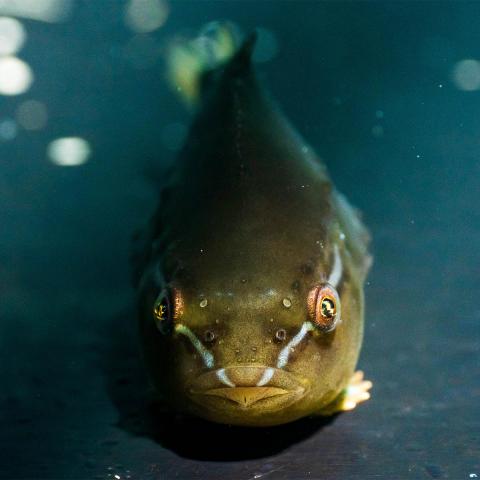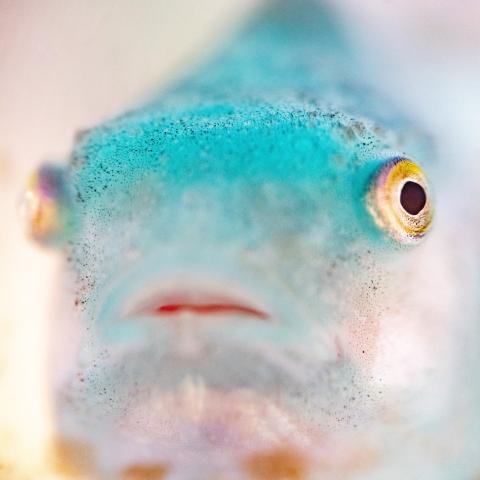The Gulf of Maine is one of the fastest warming parts of the world’s oceans. We’re already seeing shifts in the range of some marine species like Black Sea Bass. One unique species that is expected to shift as waters warm is the lumpfish – a small “cleaner fish” that is increasingly used in aquaculture overseas as a natural solution to parasites on fish like salmon. In the US, Lumpfish have never been harvested, so any shift in population is likely related to climate change. Lumpfish distribution in the Gulf of Maine have already changed, but we don’t understand exactly why.
As US finfish aquaculture operations grow, lumpfish may be used as a solution for parasites and therefore be harvested. Baseline data on a potential fishery is vital information for future managers, fishermen, and conservationists. Therefore, a team led by Elizabeth Fairchild at the University of New Hampshire will lead a project to describe and map the range of lumpfish in the Gulf of Maine. They’ll create an online interactive map to share their findings with fisheries professionals, other researchers, and the public to understand this dynamic little fish.
Principle Investigator
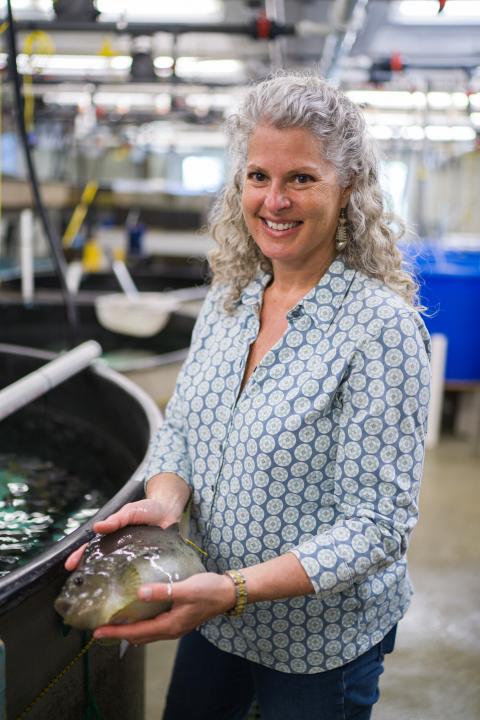
Elizabeth Fairchild, Ph.D.
Research Associate Professor, Biological Sciences, University of New Hampshire
Elizabeth.Fairchild@unh.edu
Co-Investigators
Easton White, Ph.D.
Assistant Professor, Biological Sciences, University of New Hampshire
Easton.White@unh.edu
Shane Bradt, Ph.D.
Extension State Specialist, UNH Cooperative Extension
Shane.Bradt@unh.edu
Project Funding Cycle
2022-2023 NH Sea Grant Biennial Research Funding
Project Abstract
The Gulf of Maine (GoM) is one of the fastest warming parts of the world’s oceans. Some species’ distributional shifts have already been documented, especially for commercially- important species. However, less is known about species that are not currently exploited, but may be so in the future. As a case study into these issues, we focus on lumpfish because of the recognized and timely need to understand wild lumpfish population dynamics to support sustainable fisheries and aquaculture developments. This low-cost project is designed to collate, clean, and analyze available data of lumpfish occurrence across the GoM. By mapping lumpfish distribution throughout the GoM and determining how populations have changed over time, we will be able to provide scientific guidance to resource managers to ensure that lumpfish are harvested sustainably for use in emergent lumpfish aquaculture facilities. An understanding of lumpfish occurrence patterns will enable lumpfish hatcheries to utilize the most local populations thus maintaining the local genetic integrity of fish slated for release into net pen salmonid farms. Both factors are particularly important to emergent NH steelhead trout farming operations as we know that lumpfish distribution in NH waters has shifted but we don’t understand exactly towhere or what the causes are. This project will also include a new interactive online map, the mentoring of a graduate student, development of educational resources for both university students and the general public, and additional extension components. This project responds to three of four focus areas in NH Sea Grant’s Strategic Plan: Sustainable Fisheries and Aquaculture, Healthy Coastal Ecosystems, and Environmental Literacy and Workforce Development.
Project News
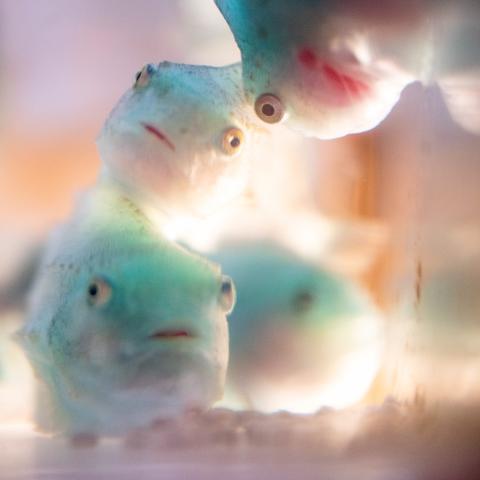
PeerJ: Lumpfish distribution in the Gulf of Maine, USA
PeerJ: Lumpfish distribution in the Gulf of Maine, USA
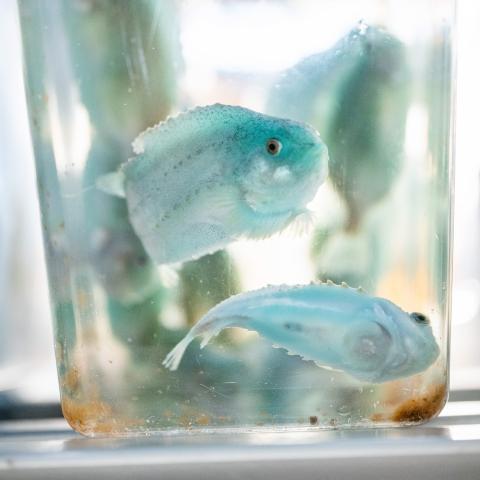
NHPR: The Gulf of Maine is warming up. To see potential effects, consider the lumpfish.
NHPR: The Gulf of Maine is warming up. To see potential effects, consider the lumpfish.
